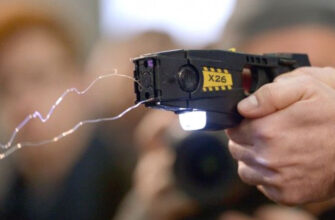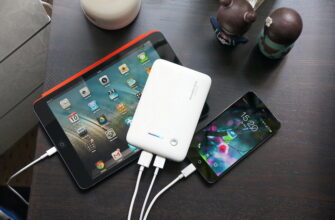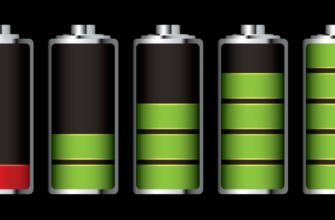The main parameters when choosing a memory card are its standard and speed. And the suitable ones can be determined from the technical characteristics of the smartphone and the planned operating conditions.
maintenance
- How to choose a memory card for a smartphone: what to look for
- Main selection criteria
- Additional functions of memory cards
- Top memory card manufacturers
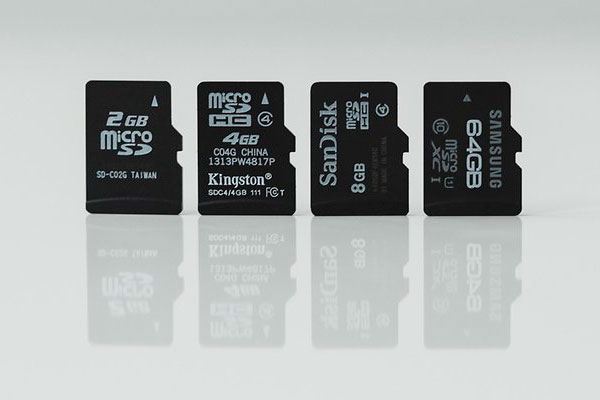
How to choose a memory card for a smartphone: what to look for
The most important parameters for choosing a memory card for a smartphone are as follows:
-
Standard (defines compatibility and volume limit);
-
Volume (determines the amount of information that can be written to this drive);
-
Speed (determines the practicality of the drive for various purposes).
-
The manufacturer of the device is also important.
It should be noted right away that the article describes microSD memory cards, since it is it that is used in the vast majority of modern smartphones. Rare models that are equipped with a slot for a different type of storage (for example, MMC) are encountered once in never, and therefore the choice for them is limited simply to finding a suitable accessory.
Main selection criteria
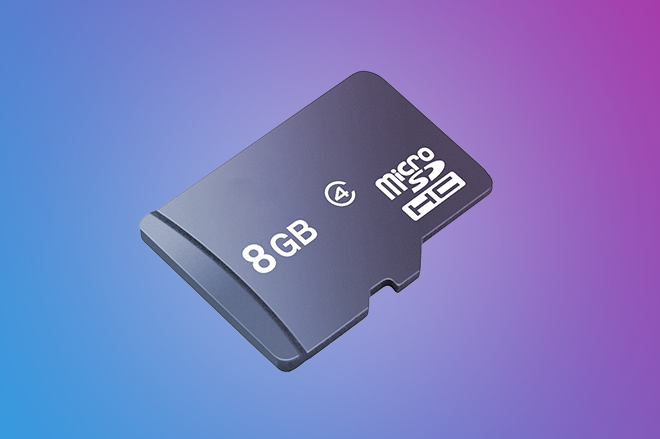
Almost all modern smartphones use microSD memory cards, which are highly practical and compact in size. These external drives are classified as follows:
-
According to the standard (microSDSC, microSDHC, microSDXC);
-
By volume (measured in 'marketing' GB);
-
By speed class (Class 2-10, UHS I-II).
All these parameters are very important when choosing a memory card for use in a smartphone.
Standard
There are three standards for microSD memory cards:
-
microSDSC (Standard Capacity);
-
microSDHC (High Capacity);
-
microSDXC (Extended Capacity).
MicroSDSC (also referred to simply as microSD) was one of the earliest memory card standards. It was introduced in the last century. The maximum capacity of such memory cards is 2 GB, and they are formatted in the slow and not very practical type of the FAT16 file system.
Memory cards of this standard are practically not found on the market today. They are only recommended for use with the oldest smartphones.
MicroSDHC is the most widely used memory card standard today, offering the best price-to-volume ratio for mobile users. The capacity of such drives ranges from 4 to 32 GB, and the most optimal file system is FAT32, which has a high speed of access to the recorded information.
MicroSDHC memory cards are recommended for use in smartphones.
MicroSDXC is the most advanced memory card standard. The capacity of such drives ranges from 64 GB to theoretically 2 TB (while the maximum currently represented is 200 GB). They are formatted to the fastest exFAT file system.
The use of such memory cards is recommended in modern flagship smartphones.
Memory card standards are backward compatible. I.e:
-
A smartphone that supports microSDXC memory cards can be installed microSDXC, microSDHC and microSDSC;
-
A smartphone that supports microSDHC memory cards can be installed with microSDHC and microSDSC. But microSDXC will no longer be compatible with it;
-
Smartphones that support microSDSC cards can only install microSDSCs. The rest will be incompatible.
You can find out what type of memory cards your smartphone supports by looking at the device specifications. Usually the standard is stated directly. If a specific name is not given, then it can be determined indirectly, based on the maximum amount of supported memory cards:
-
64 GB or more – microSDXC, as well as all older standards;
-
2 GB to 32 GB – microSDHC and microSDSC;
-
2 GB or less – microSDSC only.
Almost all modern smartphones in the budget and mid-price range support microSDHC, but the 'upper middle' and flagship ones support microSDXC.
Since the file system of the memory card indirectly determines the speed of access to information, it is also worth choosing a standard based on the planned use. For storing multimedia data, documents, etc. HC is suitable, but for installing applications or using as Adaptive Storage (a feature available in Android 6.0 and 7.0) it is better to use XC.
However, the speed of the memory card directly affects the speed of access to files.
The memory card standard is most often indicated in the description, on the packaging or directly on the case of this drive with a corresponding icon.
Memory card speed class
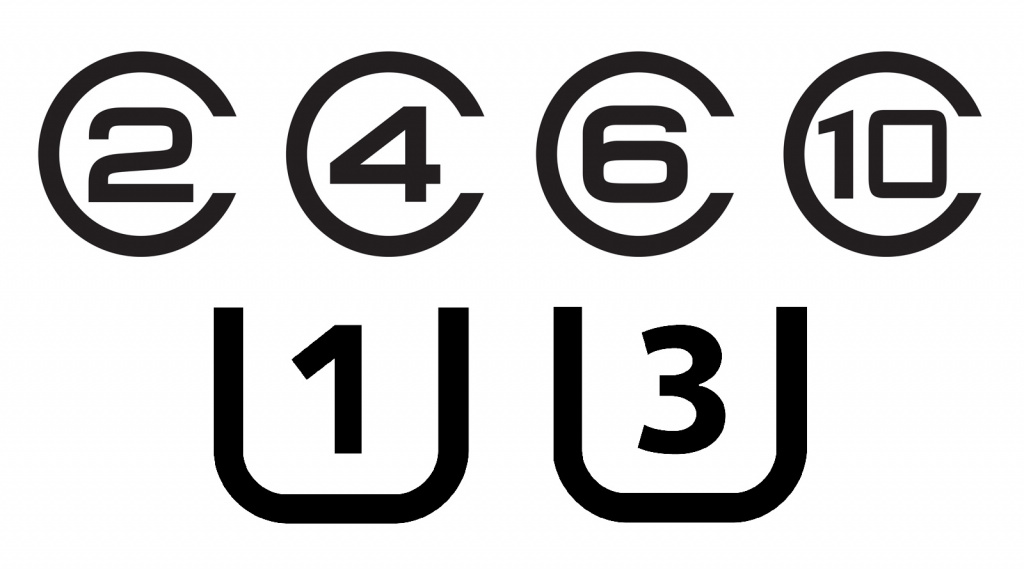
There are several memory card speed classes, and they come in two generations.
The first generation is the 'classic' Speed Class. The most common are four types:
-
Class 2. Speed of reading and writing – from 2 Mbit / s. Suitable exclusively for documents, small images in poor quality, low bitrate music, etc. They cannot be used comfortably with modern smartphones – for example, when photographing, the delay in recording a picture will be several seconds, as a result glitches or defects of the 'picture' may appear;
-
Class 4. Speed of reading and writing – from 4 Mbps. Suitable for medium bitrate music, low resolution images, documents and files that do not need to work 'online' (documents, archives, etc.). Not suitable for video. Few are suitable for photography;
-
Class 6. Speed of reading and writing – from 6 Mbit / s. Suitable for high bitrate music, medium resolution images (up to 13MP), and other files. Can be used to store and play videos. Limitedly suitable for photography (up to 13 MP, no RAW, no HDR), not suitable for video shooting;
-
Class 10. Speed of reading and writing – from 10 Mbit / s. Suitable for almost all purposes, including app installations, still photography (except RAW), movie shooting (no more than HD).
As you can see, the best solution for use with modern smartphones will be Class 6 and Class 10 memory cards. But if you plan to record high-resolution video (Full HD, 4K) or 'large' photos (RAW, HDR +), then you should pay attention to even faster standards:
-
UHS-I. Reading and writing speed – from 10 Mbps. Suitable for high definition video (Full HD), high bitrate audio (Loseless, ALAC), storage of large files (movies, for example);
-
UHS-III. Read and write speed – from 30 Mbit / s. Suitable for ultra high definition video (QHD, 4K) and any purpose.
It is worth considering that most memory cards with UHS speed class are made in the microSDXC standard (which is quite logical), so before purchasing such a drive, you should make sure that your smartphone will support it.
Memory card capacity
The amount of data that can be written to it directly depends on the size of the memory card. At the same time, the capacity in GB, which is indicated on the package, does not correspond to the real one.
The most common sizes of memory cards are:
-
2 GB (1.9 GB actual). About a hundred songs in MP3 format 320 kbps or about 200 photos in 8 MP resolution will 'fit';
-
4 GB (actual size 3.72 GB). In addition to the aforementioned, a few more clips in 320p resolution will 'fit';
-
8 GB (actual size 7.44 GB). Enough for a couple of low quality movies, several hundred files of music, documents and photos;
-
16 GB (14.9 GB actual). Enough for multiple videos in high definition HD or even Full HD and all of the above;
-
32 GB (29.8 GB actual). Enough for lots of videos in Full HD and lots of high resolution photos;
-
64 GB (59.6 GB actual). Sufficient for the average number of QHD or 4K videos;
-
128 GB (119.2 GB actual). Enough for a lot of 4K or even 120fps footage.
As you can see, it is worth choosing the required amount of storage based on the planned use. For photographers, 32-64 GB memory cards are suitable, mobile operators (especially in combination with a modern smartphone) require a 64-128 GB accessory.
Additional functions of memory cards
Some models of memory cards offer advanced functionality that can be very useful to users. Among such opportunities:
-
Data recovery software included. Nice and useful 'bonus' that will allow you to save your favorite photos, even if something happens to the memory card;
-
Protection against extreme conditions (too high or low temperatures, shaking, contact with water, etc.). The function is quite useful, but only if you plan to travel a lot with the map;
-
X-ray protection. Keeps the memory card 'alive' after scanning baggage at the airport. Another useful feature for those who like to travel;
-
Water resistant. Such memory cards can be immersed in shallow water for a short time. Another way to keep your favorite photos in extreme conditions.
More often than not, all of these additional features 'go' together. For example, Kingston Industrial Temperature memory cards are protected from cold, heat, X-rays, moisture, even power surges when inserted into or removed from a working smartphone.
Top memory card manufacturers
Among the manufacturers of memory cards, the following companies can be distinguished:
-
Samsung. Produces memory cards specially optimized for smartphones;
-
Transcend. Inexpensive, but at the same time sufficiently high quality memory cards;
-
SanDisk. Produces both relatively inexpensive and premium models.
-
In addition, Kingston and Silicon Power deserve a mention, which also produce high-quality and, in most cases, budget memory cards.
In the following articles, our experts will tell you how to choose headphones for your phone and the secrets of choosing a charger for your phone.
Attention! This material is the subjective opinion of the authors of the project and is not a purchase guide.





